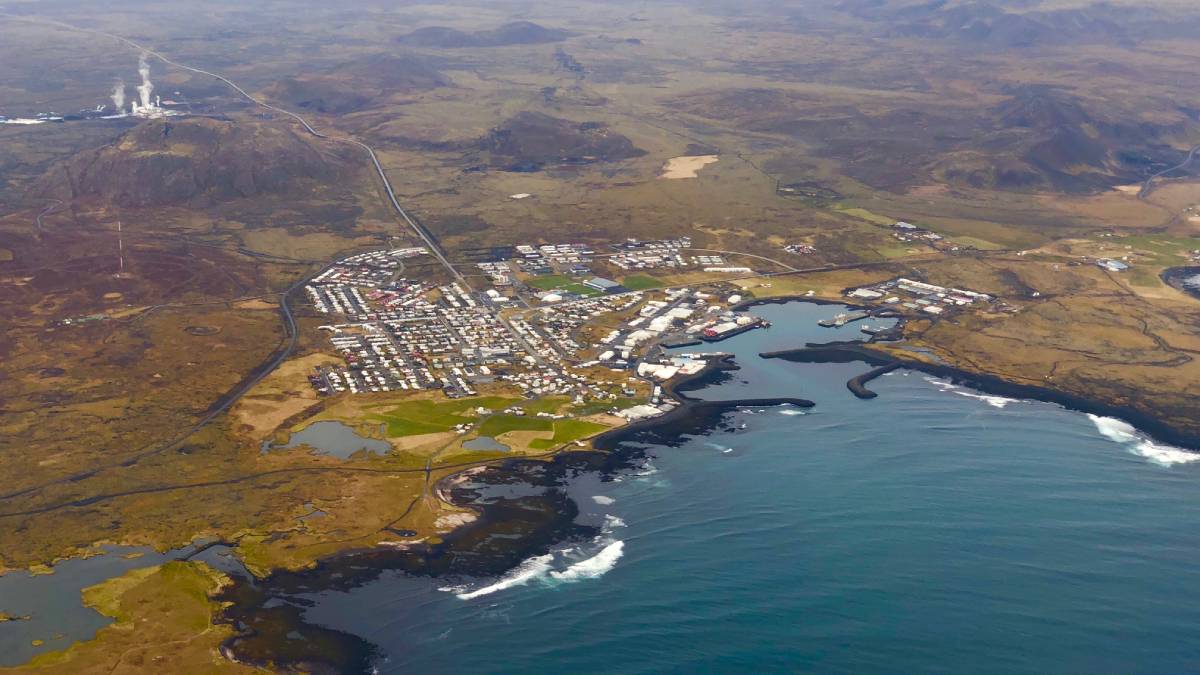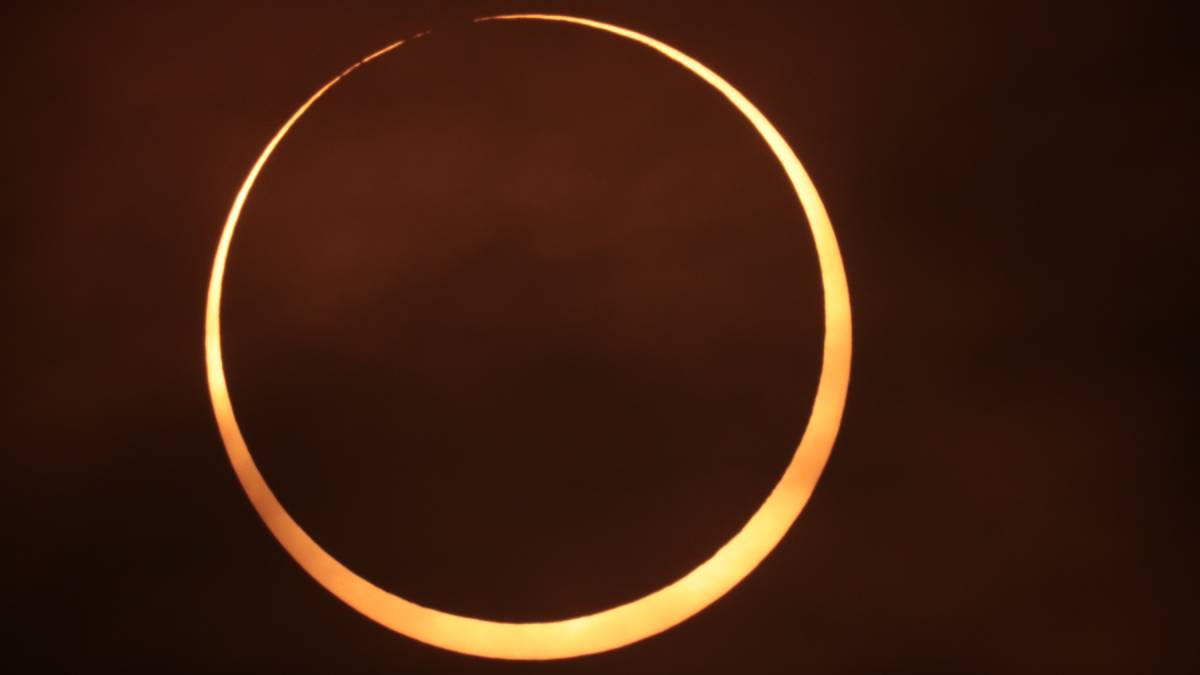The mission hopes to advance space exploration using a lightweight lander and a high-precision landing system.
Kimberly M. S. Cartier
Kimberly M. S. Cartier, Senior Science Reporter for Eos.org, joined the Eos staff in 2017 after earning her Ph.D. studying extrasolar planets. Kimberly covers space science, climate change, and STEM diversity, justice, and education
The Climate Crisis Briefly Crashes the New Hampshire GOP Primary
Republican candidates repeated earlier promises to expand domestic fossil fuel production and fight programs that promote race- and gender-based equity in schools.
Icelandic Fissure Finally Erupts
The position of the eruption and wind conditions are favorable. No one is in immediate danger, local officials said.
Ostrich Eggshells Trace Namaqualand’s Ancient Rain
The plant-based nitrogen eaten by ostriches and stored in their eggshells was measured by researchers 20,000 years later.
Lightning Struck Down as Source of a Venus Whistler
Whistlers were a key piece of evidence in favor of Venusian lightning. New measurements question the connection.
Satellites Map Environmental Vulnerabilities in U.S. Prisons
Geoscientists are using remote sensing to gather data on risks including increased exposure to air and soil pollution, excessive heat, wildfire, and flooding.
A Philippine Island Detective Story
Researchers snorkeled, drilled, profiled, mapped, and interviewed to unlock clues to how an island was born.
Eruption Now Unlikely Near Icelandic Town
Scientists and local authorities had been tracking the eruption’s precursors for weeks and evacuated residents. Then the magma stalled.
Rogues’ Gallery Comes in Pairs
A new trove of free-floating planets, smaller and paired up more than expected, challenges stellar and planet formation models.
Ham Radios Crowdsourced Ionospheric Science During Eclipse
Amateur radio operators who study space physics and the upper atmosphere probed the ionosphere’s response to the 2023 annular solar eclipse using shortwave transmissions.










